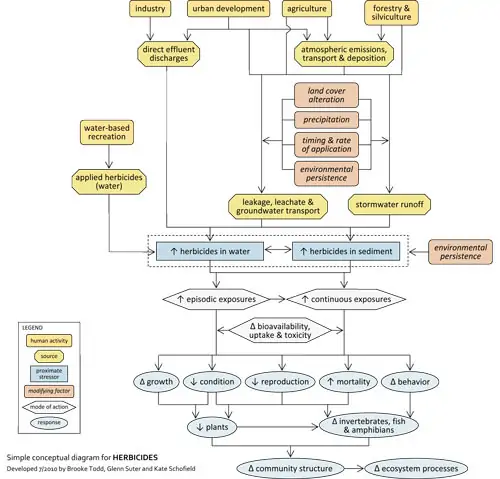Comprehensive Testing for Herbicides and Pesticides
First and foremost, when starting a search, the list of pesticides and herbicides can seem overwhelming. At Teklab, we offer a broad range of environmental monitoring capabilities for those that require the expertise of professionals to properly equip themselves. We offer both herbicide-specific and pesticide-specific testing services using our organic testing department to analyze most commonly utilized applications.
Herbicides are chemicals used to manipulate or control undesirable vegetation and can potentially destroy vital ecosystems if not adequately utilized or maintained. Herbicides persist in the environment, particularly in soil, where they may affect the crop for many seasons after application or contamination depending on the specific type of herbicide or pesticide used. The rate at which herbicide degradation or migration can occur varies according to soil composition and pH, as well as the methodology for application and weather variables the previous years. Herbicide application occurs most frequently in row-crop farming, where they are applied before or during planting to maximize crop productivity by minimizing other vegetation. Carry-over issues are rarely experienced in a uniform crop pattern and typically are known to affect sporadic patches in particular areas around the field.
This is why sampling is fundamentally the most important aspect to draw accurate representations from the data collected, because if we cannot viably prepare the sample according to the standard procedure required, the data will not be valid. That is why the sample collection procedure is a part of our SOP and must be followed directly.

Teklab will analyze these compounds using the industry-verified SW 8270 SIM (Selective Ion Monitoring) method. This advanced technique enables us to achieve the necessary reporting levels with the precision and confirmation provided by Gas Chromatography-Mass Spectrometry. Additionally, we offer EPA Method 8141 upon request for your specific analysis needs.
✳It’s also important to note that many compounds may go by several different names, which can be confusing for those unfamiliar with EPA standards and methodologies in general.
So send us your list, and we’ll get our experienced project managers to help you navigate the guidelines and requirements with ease.
To contact Teklab with questions or to receive a risk-free quote: You can use our menu and go to the Contact Us page to connect with a specific department or person. Please do not hesitate to reach out to us, we make it a priority to greet everyone with a friendly attitude and aim to partner with you for the long-term.
Let us simplify your testing process—ensure compliance with confidence.
To help you navigate compliance, we’ve highlighted some commonly requested analytes that fall outside the standard Chlorinated Pesticides (SW 8081) and Chlorinated Herbicides (SW 8151) lists.
This list is made up of select Organophos pesticides and Triazine Herbicides, including select Carbamate and related compounds.
For more information about EPA guidelines concerning herbicide and pesticide toxicity and contamination, please review the official EPA website page: EPA Herbicide and Pesticide Analysis.



